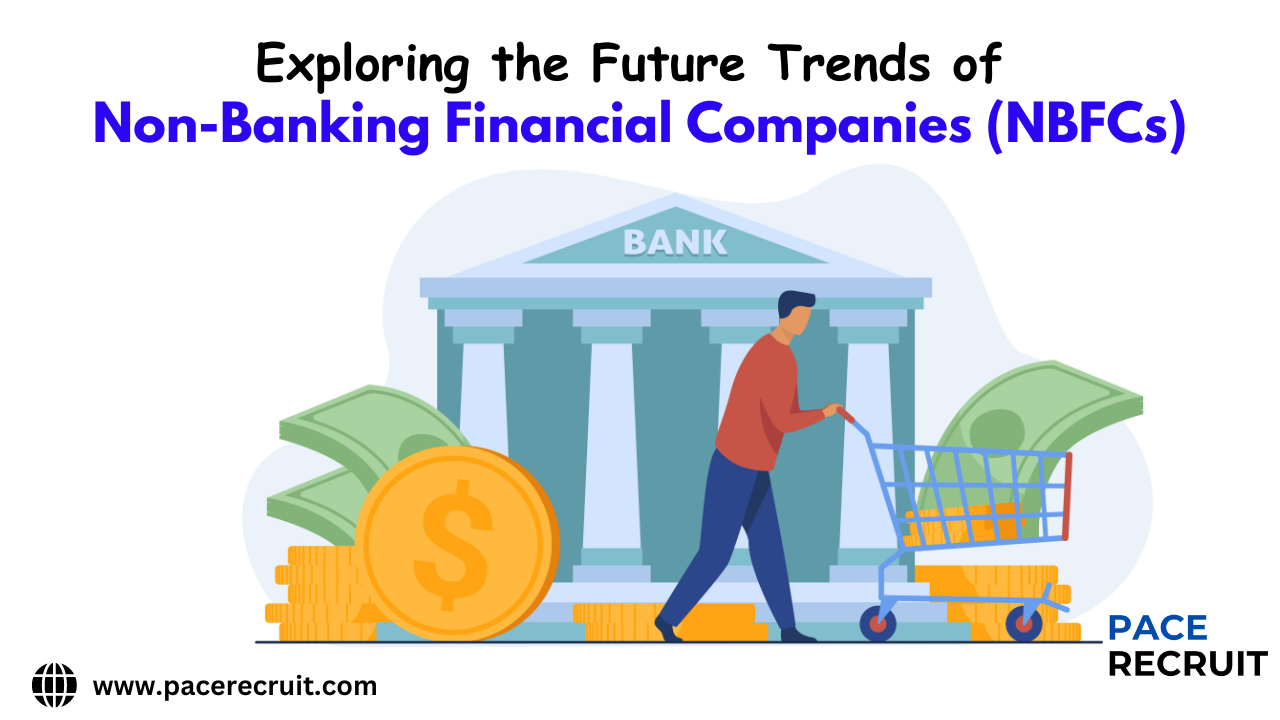The Evolving Landscape of NBFCs
Non-Banking Financial Companies (NBFCs) have grow to be pivotal within the economic environment, imparting a extensive range of offerings like loans, credit score facilities, retirement making plans, and wealth management. As conventional banking systems face stiff opposition and evolving consumer needs, NBFCs are stepping up with modern answers. This article delves into the future developments shaping the NBFC zone, exploring how those entities are adapting to technological advancements, regulatory modifications, and transferring consumer expectancies.
Technological Advancements Driving Non-Banking Financial Companies (NBFCs)
Embracing Digital Transformation for Enhanced Efficiency
The destiny of NBFCs is intently tied to their capability to leverage era. Digital transformation is no longer elective; it’s far a necessity. Non-Banking Financial Companies are increasingly more adopting virtual systems to streamline their operations, improve customer support, and decorate operational performance. Technologies which include Artificial Intelligence (AI), Machine Learning (ML), and Blockchain are revolutionizing the manner NBFCs feature.
AI and ML are getting used to investigate customer information, expect trends, and make informed lending selections. These technologies assist NBFCs to provide personalised financial services and products, thereby improving purchaser pleasure. Blockchain generation, then again, guarantees transparency and protection in transactions, decreasing the threat of fraud.
The Role of FinTech Collaborations in Expanding Service Offerings
FinTech collaborations are another large fashion in the NBFC region. By partnering with FinTech businesses, NBFCs can offer a broader variety of offerings without closely making an investment in new technologies themselves. These collaborations allow NBFCs to faucet into progressive solutions like digital wallets, peer-to-peer lending systems, and robo-advisors, which cater to the tech-savvy customers of nowadays.
Regulatory Changes and Their Impact on Non-Banking Financial Companies
Navigating the Complex Regulatory Environment
Regulations play a crucial role in shaping the destiny of NBFCs. As governments and monetary government strive to create a strong and secure financial surroundings, NBFCs should navigate an an increasing number of complicated regulatory panorama. Stricter compliance requirements, records safety laws, and anti-cash laundering regulations are becoming extra generic.
NBFCs that may successfully manage regulatory changes may have a competitive area. This involves making an investment in strong compliance control systems, staying updated with regulatory trends, and fostering a way of life of compliance in the enterprise.
The Emergence of Regulatory Sandboxes for Innovation
Regulatory sandboxes are getting popular as a means for NBFCs to test revolutionary products and services in a managed surroundings. These sandboxes permit NBFCs to test with new technology and enterprise models without the risk of non-compliance. This trend is expected to foster more innovation and help NBFCs broaden particular solutions tailor-made to their clients’ needs.
Shifting Consumer Expectations and NBFCs’ Response
The Rise of Customer-Centric Business Models
Customer expectations are evolving unexpectedly, pushed with the aid of the digital revolution and the increasing demand for comfort and personalised services. NBFCs are responding by way of adopting consumer-centric enterprise fashions. This entails information customer needs via information analytics, imparting tailored monetary merchandise, and offering seamless digital reports.
For instance, many NBFCs are now imparting cellular-first solutions, permitting customers to get entry to monetary services through their smartphones. This now not best complements client convenience but also helps NBFCs attain a broader target market, which includes the unbanked and underbanked populations.
Enhancing Customer Engagement Through Omni-Channel Strategies
Omni-channel strategies are every other trend shaping the destiny of NBFCs. By imparting a steady and integrated client experience across more than one channels – be it on-line, mobile, or in-character – NBFCs can notably improve consumer engagement and loyalty. This method ensures that customers can access their services every time, anywhere, thereby increasing customer pride and retention.
The Role of Sustainable Finance in the NBFC Sector
Integrating Environmental, Social, and Governance (ESG) Criteria
Sustainable finance is gaining momentum, and NBFCs are increasingly more incorporating Environmental, Social, and Governance (ESG) criteria into their operations. This trend is pushed by way of growing consciousness amongst consumers and investors approximately the effect in their monetary alternatives at the environment and society.
NBFCs are imparting green loans, sustainable funding products, and different ESG-compliant financial offerings. By aligning their business practices with ESG standards, NBFCs can attract socially aware clients and buyers, thereby improving their emblem popularity and making sure long-term sustainability.
The Future of NBFCs within the Context of Global Economic Trends
Adapting to Global Economic Shifts and Market Volatility
The international economic environment is continuously changing, inspired with the aid of elements which includes geopolitical occasions, financial cycles, and technological disruptions. NBFCs should be agile and adaptable to navigate those adjustments successfully. This involves diversifying their product services, exploring new markets, and leveraging era to decorate their resilience.
For example, the COVID-19 pandemic highlighted the need for NBFCs to adopt digital solutions and diversify their revenue streams to withstand financial shocks. Those that had been brief to evolve have been able to hold serving their customers successfully despite the difficult occasions.
Conclusion: The Road Ahead for NBFCs
The future of Non-Banking Financial Companies is promising, characterized by using technological innovation, regulatory evolution, and a consumer-centric method. By embracing virtual transformation, participating with FinTechs, navigating regulatory adjustments, and responding to shifting patron expectations, NBFCs can thrive within the evolving monetary landscape. Additionally, integrating sustainable finance practices and adapting to worldwide financial trends will similarly give a boost to their function. As NBFCs preserve to adapt, they will play a vital position in riding economic inclusion and economic increase, shaping the destiny of the economic enterprise.

